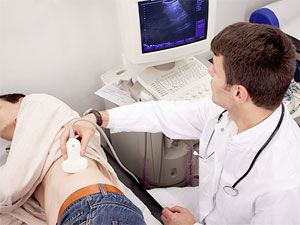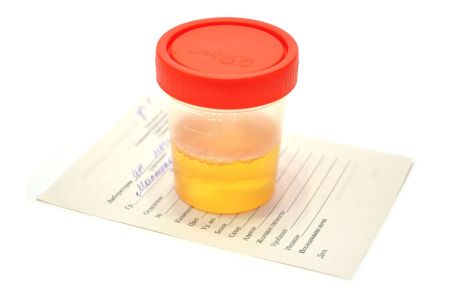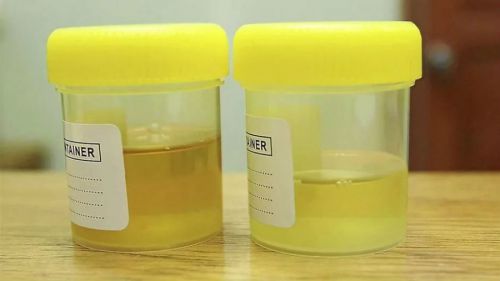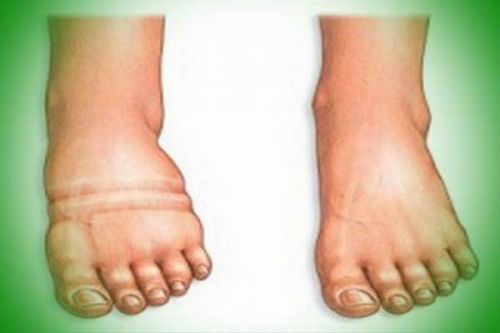In modern society, with poor environment and poor diet, the main filter of the body – the kidneys are also increasingly exposed. To prevent diseases it is necessary to carry out diagnostic activities. To do this, use clinical examination and examination on medical equipment.
Clinical examination
When the patient reports back pain, the doctor performs the initial examination, which gives the overall picture. The expert drew attention to the color of the skin and the presence of edema, clarifies the patient about previous illnesses and operations.
Swells usually the whole body in some diseases there is swelling on only one side of the waist.
To determine the localization of pain, the doctor doing the tapping and palpation. When probing a healthy kidneys are not supposed to feel. Having received the primary diagnosis, for the exact purpose of treatment is performed a number of laboratory studies.

Laboratory studies
Among the laboratory studies included:
- Urinalysis
- Test on Nechiporenko
- The sample in General
- Trial of Rehberge (the content of creatinine in the blood).
Urinalysis shows glucose, protein, bilirubin, red blood cells and bacteria. The presence of the latter indicates the infectious nature of the disease. We also compared the density, variations in which can be a sign of kidney stones. Sample Nechiporenko allows to detect the change of the quantitative composition of urine – erythrocytes, leukocytes, and cylinders.

The sample in General helps to determine the right kidney with excretory function. Trial of Rehberg (blood test) serves to check the blood flow in the kidneys.
These studies should be carried out on an empty stomach, and urine to collect immediately after waking up. To avoid getting impurities one should wash the genitals.
Instrumental studies
The definitive diagnosis is made with the help of modern high-tech equipment. The most common method is ultrasound of the kidneys. With the help of it you can understand how kidneys are, determine their contours and dimensions, and the status of renal tissue.
Radiography is carried out using specific substances which, when used, can determine the rate of excretion of liquid.
Computed tomography has many advantages. Among them, high information content, no side effects and minimum chances of errors.
Magnetic resonance imaging allows us to determine the condition of the vessels, and which they occur in the process. MRI also helps to determine the presence of inflammatory processes and pathologies. In this case the body is not exposed to radiation. This method helps to determine the exact condition of the organ, the localization of tumors and other injury.
Scintigraphy is a method in which the body is entered, radioactive isotopes, allowing to obtain two-dimensional image of the organ being examined. As well as control of the accumulation function and excretion of fluids.
Biopsy, which are a small portion of the kidney tissue using a biopsy needle. This fabric can be checked under the microscope for the best choice of treatment. When kidney failure with this method, you set the speed of the development of the disease. This method can be used to control the work of a transplanted organ.
To assign the most effective treatment is not enough to use one method of diagnosis. Only a broad, integrated study of the urinary system allows you to quickly organize the work of the kidneys.




If you are seeking for the top service to get website visitors to your web page, i advise to use . I am using it with a great result. Simply just type in google.